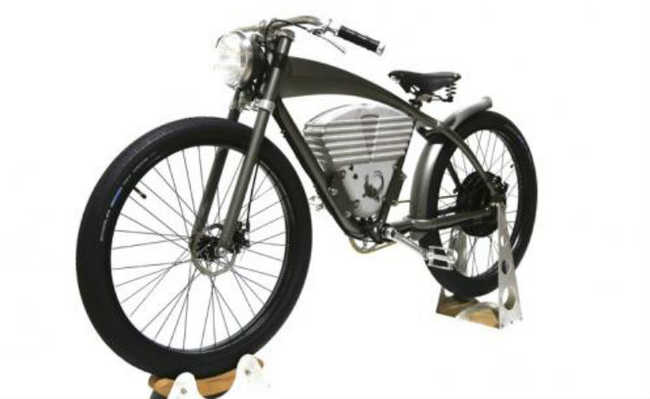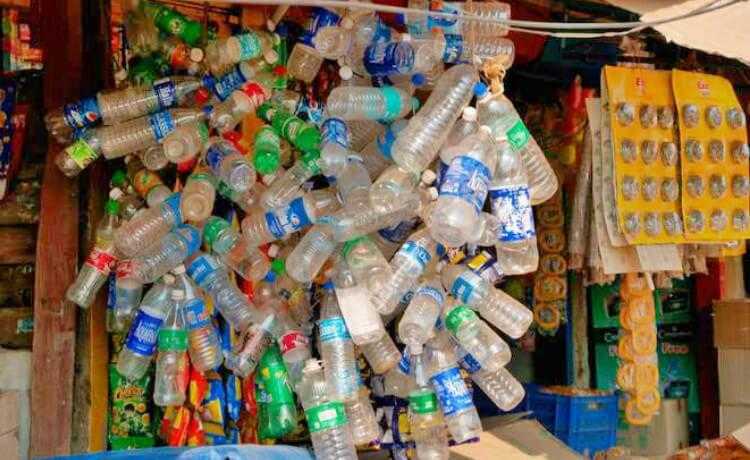Solar energy for the home: types and advantages
Photovoltaic or thermal energy? Understand everything about the differences between them and find the most suitable type for your case

Vivint Solar image in Unsplash
Oil and coal are widely used energy sources, but extremely polluting. Thus, seeking to unite energy efficiency and low impacts on the planet, the use of renewable energies is increasingly sought. In this environment, solar energy has stood out and is being increasingly explored, both for generation in the business sector and in residential systems.
What is solar energy?
Solar energy is electromagnetic energy whose source is the sun. For this reason, it is considered a sustainable and clean energy source, which does not produce waste beyond the kit components and also brings environmental benefits in terms of reducing greenhouse gas emissions.
It can be transformed into thermal or electrical energy and applied to various uses. The two main ways of using solar energy are electricity generation and solar water heating.
Two systems are used for the production of electrical energy: heliothermal, in which radiation is first converted into thermal energy and later into electrical energy (used mainly in power plants and, therefore, will not be discussed); and photovoltaic, in which solar radiation is directly converted into electrical energy. Solar thermal energy, in turn, is obtained through the capture of electromagnetic radiation, followed by its transformation into heat, that is, into thermal energy. With this, it provides water heating in residential, building and commercial systems.
Below you can find a summary of the characteristics and differences between the two main types of solar energy for homes: photovoltaic energy and thermal energy.
Photovoltaics
The concept of photovoltaic energy is the generation of electrical energy in a non-conventional way, that is, through solar radiation, without having to go through the thermal energy phase.
As well as in the heliothermic, in the photovoltaic solar energy system there are several models of collectors (or solar panels) that present greater or lesser energy efficiency. The most common are monocrystalline, polycrystalline and thin film.
The main components of a photovoltaic energy system are the panels, the supporting structure, the charge controllers, inverters and batteries.
Remember to ensure that the components used are certified by the National Institute of Metrology, Quality and Technology (Inmetro), which implemented Ordinance No. 357 in 2014, with the objective of establishing rules for the generation equipment. Photovoltaics.
The payback time is variable and depends on the amount of energy the property requires. Despite this, the advantage of the home system is related to how much the user can save: once the payback time is reached, the energy bill will no longer need to be paid.
How it works?
Solar panels or panels are micro energy generation systems composed of photovoltaic cells. A set of panels form a solar module. Photovoltaic cells are made from semiconductor materials such as silicon. When a plate cell is exposed to light and captures its energy, part of the electrons in the illuminated material absorb photons (energy particles present in sunlight).
Free electrons are transported in flux by the semiconductor until they are pulled by an electric field, which is formed at the junction area of the materials by an electrical potential difference existing between these semiconductor materials. The free electrons are then taken out of the solar cell and made available to be used in the form of electrical energy.
Unlike the heliothermal system, the photovoltaic system does not require high solar radiation for its operation. However, the amount of energy generated depends on the density of the clouds, so a low number of clouds can result in higher electricity production compared to completely open sky days, due to the phenomenon of sunlight reflection.
Conversion efficiency is measured by the proportion of solar radiation incident on the cell surface that is converted to electrical energy. Currently, the most efficient cells provide about 25% efficiency.
Currently, the government is developing photovoltaic energy generation projects to meet the energy demands of rural and isolated communities, according to the Ministry of the Environment. These projects focus on areas such as:
- Pumping water for domestic supply;
- Irrigation and fish farming;
- Street lighting;
- Systems for collective use (electrification of schools, health posts and community centers);
- Home care.
There are also two different types of photovoltaic systems: those connected to the grid (on-grid or grid tie) or those isolated from the network (off-grid or self-employed). One of the main differences between them is the composition of the kit, as the first does not have energy storage devices, that is, it does not require the use of the battery and charge controller. Another important difference between them is that the first needs to be connected to the conventional power distribution network, while the second can be installed in more remote regions.
For grid-connected systems, Law 10,438/02 provides economic benefits in the form of energy credits to those who produce, in their own home, more energy than they demand, that is, immediate savings in the money that would be related to the payment of the electricity bill for the months when the residence generates less energy than it needs.
Unfortunately, there are still few incentives and financing lines for this type of energy in Brazil, which are still difficult to access and have little applicability. It is expected that, with the growth in the consumption of photovoltaic energy systems, more applicable and accessible incentives for common housing will emerge.
Thermal exploitation
Another way to take advantage of solar radiation is thermal heating. Thermal heating can be done through a process of absorption of sunlight by collectors, which are normally installed on the roofs of buildings, condominiums and residences.
As the incidence of solar radiation on the earth's surface is low, it is necessary to install a few square meters of collectors. Each collector model (which can be open plan, closed, or vacuum tubular) has a characteristic energy efficiency, and can heat water to specific temperatures. Therefore, there is always a more suitable model, depending on the intended use of heated water (which can be for baths, swimming pools, space heating, among others).
According to the National Electric Energy Agency (Aneel), to supply the supply of heated water to a residence of three to four residents, 4 m² of collectors are needed. Although the demand for this technology is predominantly residential, there is also interest from the commercial sector, such as public buildings, hospitals, restaurants, hotels and other companies.
The payback time on the investment in solar thermal energy tends to vary, usually in an interval between 18 to 36 months. The useful life of a solar heater is estimated to be around 240 months, making the system very advantageous and economical.
How it works?
The working principle of thermal exploitation is simple: the surface of the panel has fins made of copper or aluminum, commonly painted in a dark color for greater absorption of solar radiation. Thus, these fins capture solar radiation and transform it into heat. The heat is absorbed by the fluid present inside the panels (usually water), which is then transported by pumping through insulated pipes, until it reaches the hot water tank (thermal reservoir or boiler).
The hot water tank is made of insulating material, which prevents the water from cooling and allows it to be supplied at a pleasant temperature even in periods without sun.
What are the pros and cons of solar energy?
Solar energy is considered a renewable and inexhaustible source of energy. Unlike fossil fuels, the process of generating electricity from solar energy does not emit sulfur dioxide (SO2), nitrogen oxides (NOx) and carbon dioxide (CO2) - all polluting gases with harmful effects on human health and that contribute to global warming.
Solar energy is also advantageous compared to other renewable sources, such as hydraulics, as it requires less extensive areas. In addition, solar energy has quick, quick installation and a completely silent system.
The encouragement of solar energy in Brazil is justified by the country's potential, which has large areas with incident solar radiation and is close to the equator. According to Green Building Council (GBC Brasil), another advantage of installing solar energy is the real estate valuation (sustainable properties appreciate up to 30%).
In the case of photovoltaic energy, the most frequently mentioned disadvantage is its implementation, which is still relatively expensive. In addition to the cost, there is also the low efficiency of the process, which varies from 15% to 25%. However, another extremely important point to be considered in the production chain of the photovoltaic system is the social and environmental impact caused by the raw material most commonly used in the manufacture of photovoltaic cells, silicon.
Silicon mining, like any other mining activity, has impacts on the soil and groundwater of the extraction area. In addition, it is essential that good working conditions are provided to workers, in order to avoid work accidents and the development of diseases. The International Agency for Research on Cancer (IARC) points out that crystalline silica is carcinogenic and can cause lung cancer when chronically inhaled.
The Ministry of Science and Technology's report points out two other important points related to the photovoltaic system: the disposal of the panels must be properly disposed of, as they present potential toxicity; and the recycling of photovoltaic panels has not reached a satisfactory level so far.
Another important point is that, despite Brazil being a large producer of metallic silicon, the technology for the purification of silicon at the solar level is still in the development phase. Therefore, even being renewable and not emitting gases, solar energy still faces technological and economic obstacles. Despite being promising, solar energy will become economically viable, with a reduction in price only with cooperation between public and private sectors, and with investment in research to improve technologies that encompass the entire production process.










